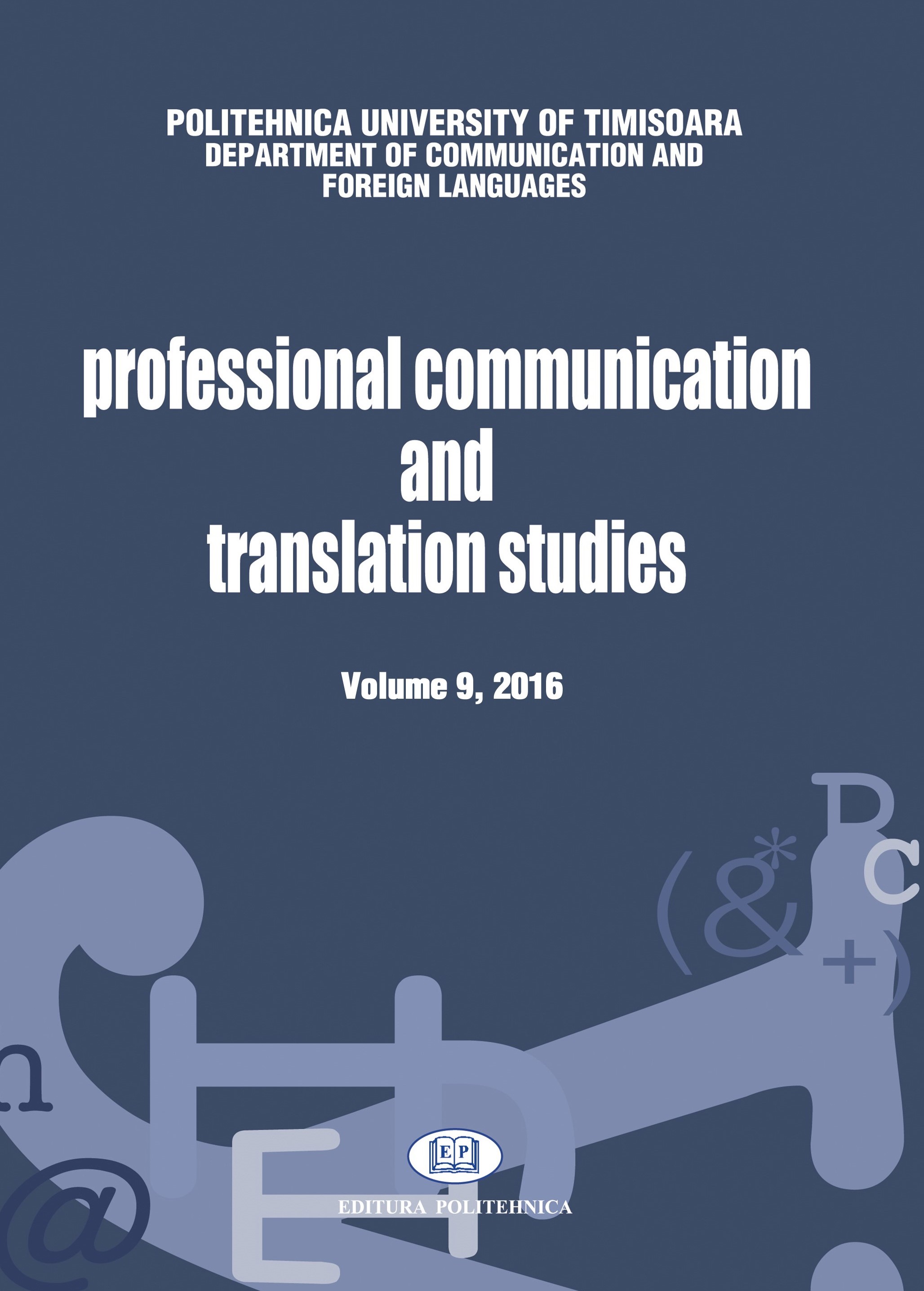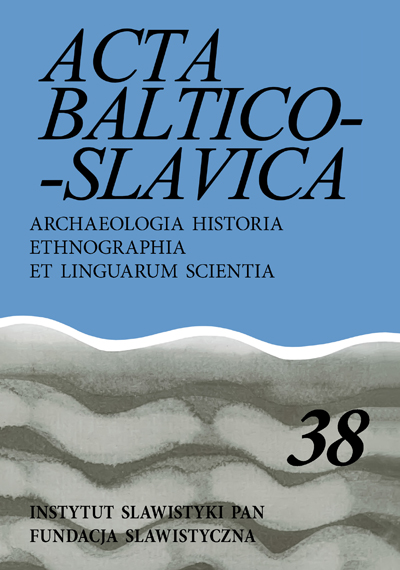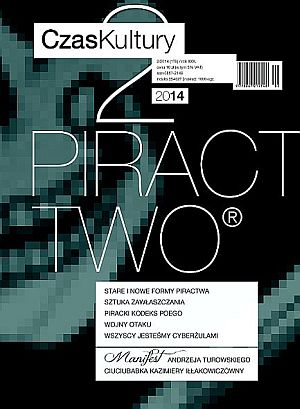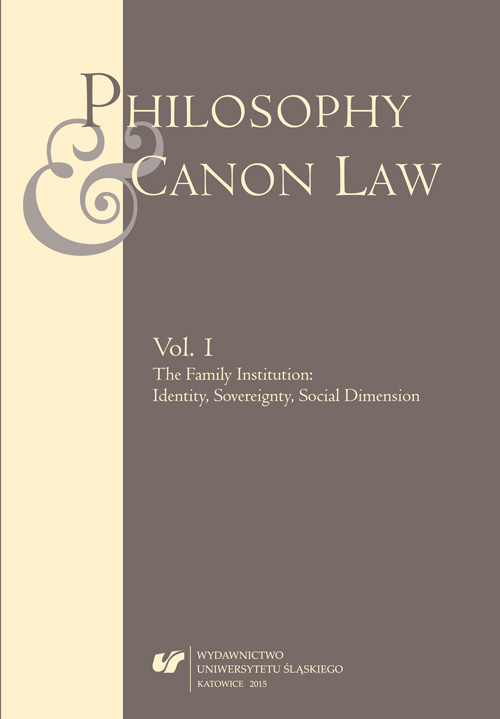
We kindly inform you that, as long as the subject affiliation of our 300.000+ articles is in progress, you might get unsufficient or no results on your third level or second level search. In this case, please broaden your search criteria.


At the beginning of 2014, the book “Riga. Kleine Geschichte der Stadt” (Riga. A short history of the town) was issued. The author is Andreas Fülberth, a young historian from Germany, who is a lecturer of the history of Eastern Europe in the University of Kiel. He has already published several works about the Baltic states (in German: “Baltikum”), the most important of them being “Tallinn – Riga – Kaunas. Ihr Ausbau zu modernen Hauptstädten 1920–1940. Köln u. a. 2005 (Das Baltikum in Geschichte und Gegenwart, Bd. 2), which is dedicated to the plans of architectural rebuilding of the Baltic capitals (Kaunas – Riga – Tallinn) during the time of the first independence (1918–1940). The history of Riga by Andreas Fülberth begins – very traditionally – with the establishing of the town by Bishop Albert of Riga in 1201. Actually we can learn not only about the history of the town. The book by Andreas Fülberth provides a quite long trip through the history of Livonia (now a part of Latvia). For Polish readers very important and interesting piece of Riga’s history could be so called “Polish times” (to be more precise: “Polish-Lithuanian”) in Livonia – which used to be seen quite critical by Latvian historians before the war. We can learn also about Ignacy Mościcki who studied in Riga, the treaty of Riga from March 1921, as well as the Polish academic fraternities in Livonia (Arcadia and Welecja). Maybe the most important part of the book begins in 1918 – when Latvia gained independence for the first time in her history. We can learn not only about Kārlis Ulmanis and the Soviet-Latvian government of Pēteris Stučka, but also about the activities of Andrievs Niedra, a pro-German prime minister of Latvia. Andreas Fülberth, as a passionate lover of architecture, provides an interesting piece of information about the architectural rebuilding of Riga during the time of Ulmanis – we can learn the history of the Freedom Monument (1935), old town, which gained a new shape during the thirties. The Latvinization of the town during the first independence and Sovietization during the occupation (1940–1990) is also an interesting fact. The book can be recommended for all readers who do not have broad knowledge of the history of Latvia, but it is still a very interesting journey also for those interested in the Baltic states who want to learn about some curiosities from the history of the town. Do you know why the Freedom Monument was not destroyed during the Soviet time? Do you know the history of Riga’s tube that has been never built? Do you know the mathematician Ilja Rips? If not, you should read the book of Andreas Fülberth.
More...
Kazimiera Iłłakowiczówna was the author of four books of fiction in which we can find what Małgorzata Czermińska calls an autobiographical attitude. The degree of openness and the significance of autobiography in each of these works, however, varies. The article seeks to show two different autobiographical strategies used by Iłłakowiczówna. The first, present in "On the Path Beside the Road" and in "From a Broken Stereoscope" involves masking the presence of the autobiographical ‘I’; the second, appearing in "Untimely Confessions" and "Trasimeno Hare", in contrast, is entirely open. Both strategies share one thing in common –hidden behind diverse seemingly modest topics there is in reality a strong sense of self-affirmation.
More...
The information of the counting of souls containing both house names and names of individuals is an essential aspect of historical onomastics. The first counting of souls in Vidzeme took place in 1782 and coincided with the 4th analogous census of the provinces of Russia. Subsequently these took place at irregular intervals, the 5th in 1795, the 6th in 1811, the 7th in 1816, the 8th in 1834, the 9th in 1850, and the final, 10th in 1858. The number of house names entered in the 1826 counting of souls in Vidzeme province (guberna) is 14,500, including those of peasant homes that had been separated from another property whilst retaining the same name. House names based on flora (incl. names of mushrooms) semantics are listed for 574 dwellings, which represent just about 4% of all house names listed for Vidzeme, providing that repeated house names are counted separately. In case of several manors data is missing (lost) for the 1826 census, information for these manors is taken from previous and subsequent censuses. In many instances (279 cases registered) house names were based on the names of deciduous trees found in their immediate vicinity: such names comprise 48.6% of all house names of flora semantic origin, i. e., ozols ‘oak-tree’, bērzs ‘birch-tree’, kārkls ‘osier’, liepa ‘linden tree’, kļava ‘maple tree’, apses ‘aspen’, osis ‘ash tree’, alksnis ‘alder’, lazda ‘hazel-tree’, vītols ‘willow’, ieva ‘bird cherry’. Names based on names of conifers are found (35 instances were recorded, or 6.1% of all house names based on flora semantics), i. e., egle ‘spruce tree’, paeglis, kadiķis ‘juniper’, priede ‘pine-tree’. House names based on names of fruit trees and bushes are only occasionally found in Vidzeme, with 8 recorded instances, or 1.4% of all house names based on flora semantics, i. e., ābele ‘apple tree’, and upene ‘black-currant’. The next sub-group of house names based on flora semantics comprises those based on names of cereals. This is one of the most widely occurring flora semantics sub-groups and contains 58 entries, or 10,1% of all house names based on flora semantics, i. e., auzas ‘oats’, rudzi ‘rye’, mieži ‘barley’, kvieši ‘wheat’, griķi ‘buckwheat’. House names have been found based on terms of 6 legumes, which represents 1% of all house names based on flora semantics, i. e., zirnis ‘pea’, pupa, ‘bean’. Names of common vegetables are the basis for a considerable number of house names. i. e. 53 instances are recorded, representing 9.2% of all house names derived from flora semantics, i. e., rutks, ruduks ‘radish’, kāposts ‘cabbage’, rācenis ‘turnip’, sīpols ‘onion’, ķiploks ‘garlic’, kālis ‘swede’, gurķis ‘cucumber’. House names also derive from terms of widely-cultivated plants such as kaņepes ‘hemp’, apiņi ‘hops’ and lini ‘flax’. These have been the basis for 40 house names, which represent 7% of all hose names based on flora semantics. House names are also based on the names of cultivated and wild herbal plants, and of garden weeds. 47 such cases have been recorded, corresponding to 8.2% of all house names based on flora semantics, i. e., dadzis ‘thistle’, āboliņš ‘clover’, and amoliņš ‘sweet clover’, dille ‘dill’, grīslis ‘sedge’, smilga ‘bent grass’, usne ‘creeping thistle’, pienene ‘dandelion’, pērkones ‘charlocks’, niedre ‘reed’, skosta ‘horse-tail’, vībotne ‘mugwart’. A total of 32 house names based on three flower terms, roze ‘rose’, magone ‘poppy’ and astere ‘aster’ have been recorded; this represents 5.6% of all house names based on flora semantics. The majority (26) of these house names are based on terms of roses. A number of house names in Vidzeme appear to be based on names of mush¬rooms. 6 such names have been recorded, which represent 1% of all house names based on flora semantics, i. e., bekas ‘boletus’, krimilde, and rudmiese ‘Loctarius’. House names listed in the 1826 counting of souls are based on a wide range of flora semantics, with a clear preference for lexemes associated with names of trees. It is possible that this reflects landscape elements close to these homes, as well as the place that these features have in the relationship of home owners with nature, and their work. In order to draw any deeper conclusions about the presence of flora semantics in house names it would be necessary to examine all relevant historical records up to the present
More...
The author analyzes the specific field of popular culture - the film industry, from the perspective of critical geopolitics, and the impact of the latter on the constitution of spatial imagination. Within the framework of the popular geopolitics cinematography occupies an important place, hence the focus on the latter appears as an important attempt to deconstruct the mechanisms of creation and implementation of geographic discourse. is paper examines the status of cinematography, exclusively American, within the geopolitical power networks, while the analysis of films is reduced to three dimensions: narrative, visual and personal (psychological). Moreover, the films are not seen as passive products, but as an active and flexible execution elements of geopolitical power, hence the films are processed as a part of a broader narrative of the war against terrorism, as well as subversive forces, i.e. those questioning the mentioned narrative.
More...

Wedding celebrations are combination of heritage and trend, good and bad taste, Balkan and West, ex-pensive and cheap. As such they reflect the current situation with the citizens of former Yugoslavia. Cleft stick between habits, capitalism and socialism and all cultural unbalance and incomprehensibility are revealed in popular celebrations. Due to that overstraining, they are both comic and tragic, they can be understood profoundly, but from the modern point of view they can easily be unjustified. Analysis of kitsch in wedding celebrations and degenerate tradition customs easily raise doubts about stability and sincerity of the modern marriage relationship. Popular culture, which emphasizes cheap glamour, has found one of the best footholds in the wedding celebrations and because of that such, mostly popular celebrations, are every day less sincere, serious and pleasant. e paper deals with the analysis of the widely known and not precisely defined problem and that is extreme lack of coordination between perception and opinion about modern wedding celebrations and their further realization. Conclusions are made on the basis of analyzing results of questionnaire which contained ten questions and was conduct-ed among 240 randomly selected respondents.
More...
The article presents the analysis of features of the Polish language displayed in gravestone inscriptions of the chosen Catholic cemeteries of Grodno region – Kvasovka, Indura, Vereyki, Replya, Lunno, Volpa, Ros. The author briefly describes the districts where research was conducted, gives a general characteristics of the cemeteries and analyses the Polish language inscriptions in gravestones, noting regional linguistic features.
More...
The text seeks to analyse how thinking about time and the experience of it changed in the latter half of the twentieth century and to answer the question of whether today one can still make use of the future as a category. For this purpose, the author refers to the concept of a mythology the future of the Italian thinker Franco ‘Bifo’ Berardi, author of "After the Future". The article then examines the nihilistic ‘no future’ trend present in the culture of the 1970s and analyzes the inextricable link to the future and disappearance of mainstream science fiction literature.
More...
The subject and the aim of this paper was to explore how often Internet medium is used and how much the content, used by respondents, has a violent character and encourages to violence among peers in everyday communication and interaction with the environment. A very important factor in the research was directed to encouraging prevention of violence and how much respondents are cooperative in asking for support and help in solving and prevention of this phenomenon. e research was conducted on the sample of 138 students of grammar schools and secondary vocational schools. e research showed that acquiring of a certain behavior model can be caused by watching, observing and reproducing everyday media contents which we then transfer to real interaction with people around ourselves. Acquiring competencies for using media and emphasizing its “power” and significance we shall be able to clearly differentiate a border between our real and virtual world. In line with that we shall know how to behave and be critically exposed to those media and messages they carry. Only by thinking in that way we shall under-stand media and say that we acquired media competence, media education, which includes not only mastering skills and techniques of writing and using technology, but also critical and analytical approach and understanding of media contents.
More...
The article discusses the nondialectical structure of subjectivity in the economic crisis, referring to Michael Hardt and Antonio Negri’s book "Declaration". The text presents an analysis of different variants of the philosophical multiplication of the subject, which in turn is analyzed from the perspective of the concept of the ‘multitude’, the Marxist notion of the proletariat, and finally – Standing’s concept of the precariat, which the authors of "Declaration" in part reinterpret. An important theme appearing in the text is the notion of mediazation and its relation to activity and the possibility of initiating revolutionary action through social networking sites. An important concept for these philosophers is the concept of debt, which is defined as being nondialectical – in opposition to the Hegelian Master and Slave dynamic. The article contrasts this concept with Standing’s concept in the form of a reflection on how and under what conditions nondialectical subjects can become revolutionary figures. The text compares Hardt and Negri’s analysis with artistic works in which – as in the works of these philosophers – a declaration is made on the need for paradigmatic change, and – following Marx and Rosa Luxemburg – questions asked about the dialectical nature of the crisis.
More...
The nineteenth-century lexicographical legacy of Fr. Antoni Juszkiewicz (Antanas Juška) is a common linguistic and cultural heritage of Poles and Lithuanians. The translational dictionaries, made by the bilingual author, document the spoken Lithuanian language (in dialectal and colloquial versions) and, as well, Polish regional language in the contemporary territory of Lithuania in the period of partitions of the Polish Lithuanian Commonwealth. The dictionaries are treated as important sources that provide ethnolinguistic information on two phenomena: - conceptualization of the world by the two nations at the time of crystallization of the Lithuanian identity, - personal vision of the world presented by the lexicographer, the priest, remaining in the situation of a cultural Polish-Lithuanian bivalence. In the mid-19th century the Antanas Juška’s idea of documenting the folk colloquial vocabulary was a new and significant phenomenon in Lithuanian lexicography. The dictionary of Lithuanian-Polish language was a matter of importance for the society. Lithuanians needed the dictionary even more than Poles did. At first the author of this dictionary dedicated his attention to the intellectuals. The brightest minds of that time were going to Polish schools, so the Polish and Lithuanian languages were always used side by side. As a lexicographer, Antanas Juška understood that not only folk colloquial language but also ethnography was an important aspect of national cultural development. For a few decades he dedicated his inexhaustible energy to recording Lithuanian words, phrases, songs and customs of the country. He was attentive to the psychological, historical and traditional aspects of the culture as well as tried to describe the way people expressed their thoughts. Anatans Juška recorded more than 30,000 words of the spoken language. The ‘Lithuanian Polish Dictionary’ in its different editions reflects the state of Lithuanian language in the second half of the 19th century. The words in this dictionary include loanwords, vulgarities and sentences that reflect the difficult human conditions of that time. ‘The Lithuanian-Polish Dictionary’ by Antanas Juška is an important source of lexicography. The remaining manuscript and editorial processes reflect many difficulties leading to the final results. It is an important and valuable source for researching the development of Lithuanian literary writing.
More...
Personalization has become the main research topic in the political communication. Scientists do re-search on the influence of politics personalization processes in particular political systems, as well as the influence of media on the politics personalization. Researchers pay special attention to the influence of television as the most important medium in the communication process. Authors who think that the excessive personalization harms political and democratic processes appeared with the growth of personalization processes in political communication. The influence of personalization on political processes in Bosnia and Herzegovina has been explored yet.
More...
Dorota Podgórska-Jachnik’s book "The Deaf. Emancipation" considers the question of the identity of the deaf. In it she analyses the thematic, compositional and linguistic layers of publications featuring content related to medical and cultural disability, the culture of the Deaf, and the relationship between the deaf and the hearing, and presents the results of her own research on people with hearing impairments who have earned university degrees. A discussion of academic studies is interwoven with information about disability studies and deaf studies, trends that are just beginning to take root on Polish soil.
More...
Amikor a Dévai Szent Ferenc Alapítvány szervezésében elvégeztem a szociálpedagógiai képzést 2011/2012- ben, ezt a témát választottam a végén vizsgadolgozatnak. Akkor nem is sejtettem, milyen kemény fába vágom a fejszémet. Ki vagyok én, hogy Istenről bármilyen vonatkozásban írjak? Róla, aki minden jónak kútfeje és az élet irányítója! Hosszas gondolkodás után arra a következtetésre jutottam, hogy Isten mindenhol jelen van, tehát a nevelésben is nagyon fontos szerepet játszik. Egyetlen feladatunk, hogy figyeljünk rá, s akkor a gyerekekkel való foglalkozás nem lesz nehéz, terhes feladat, hanem örömökkel teli, lelki beteljesüléshez vezető gyönyörű hivatás.
More...



This article analyzes the subject of the state family policy and whether it really serves the protection of the family on the example of Poland. The research carried out leads to the conclusion that the existing state of affairs results in a “blurring” of the traditional culturally and historically conditioned concept of the family, implic-itly introducing its “mental redefinition.” Behind the facade of support for the family, various forms of common coexistence are protected with increasing bold-ness, which also includes―pursuant to the LGBT gender perspective― same-sex couples. The current family policy is not a policy that perceives the family in a comprehensive perspective and is used for the full protection of all family life. The family, although it is a social value with established constitutional position, is not a subject of state protection and support that would be relevant for this position. The existing legal norms rather protect the interests of individual persons belong-ing to the family than the family as a whole. At the same time, the range of per-sons making up a family―according to a trend to extend the definition of a fami-ly―is increasingly widening.
More...